Rodyk and Saiboo Street Warehouse History
A quick history lesson as we roll back time and take a look at the beginnings of our humble taproom
Before
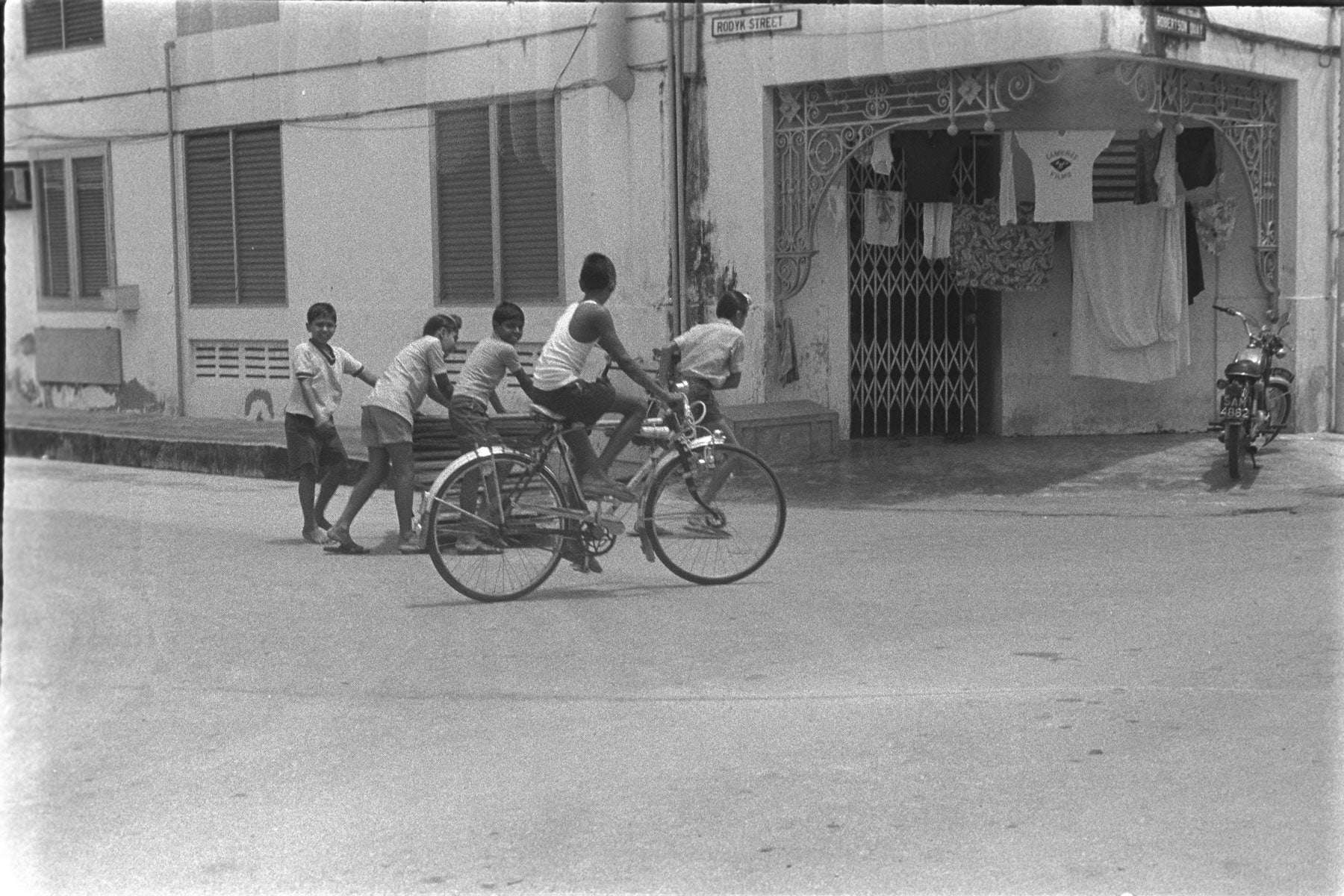
After
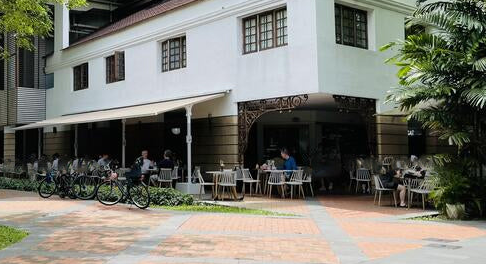

Do you recognise where this is?
Yep, it’s Gulp, if you travelled back through recent history 📚🍻
You might have seen these images hanging in our taproom, but did you know what you were looking at? Let us tell you what we know!
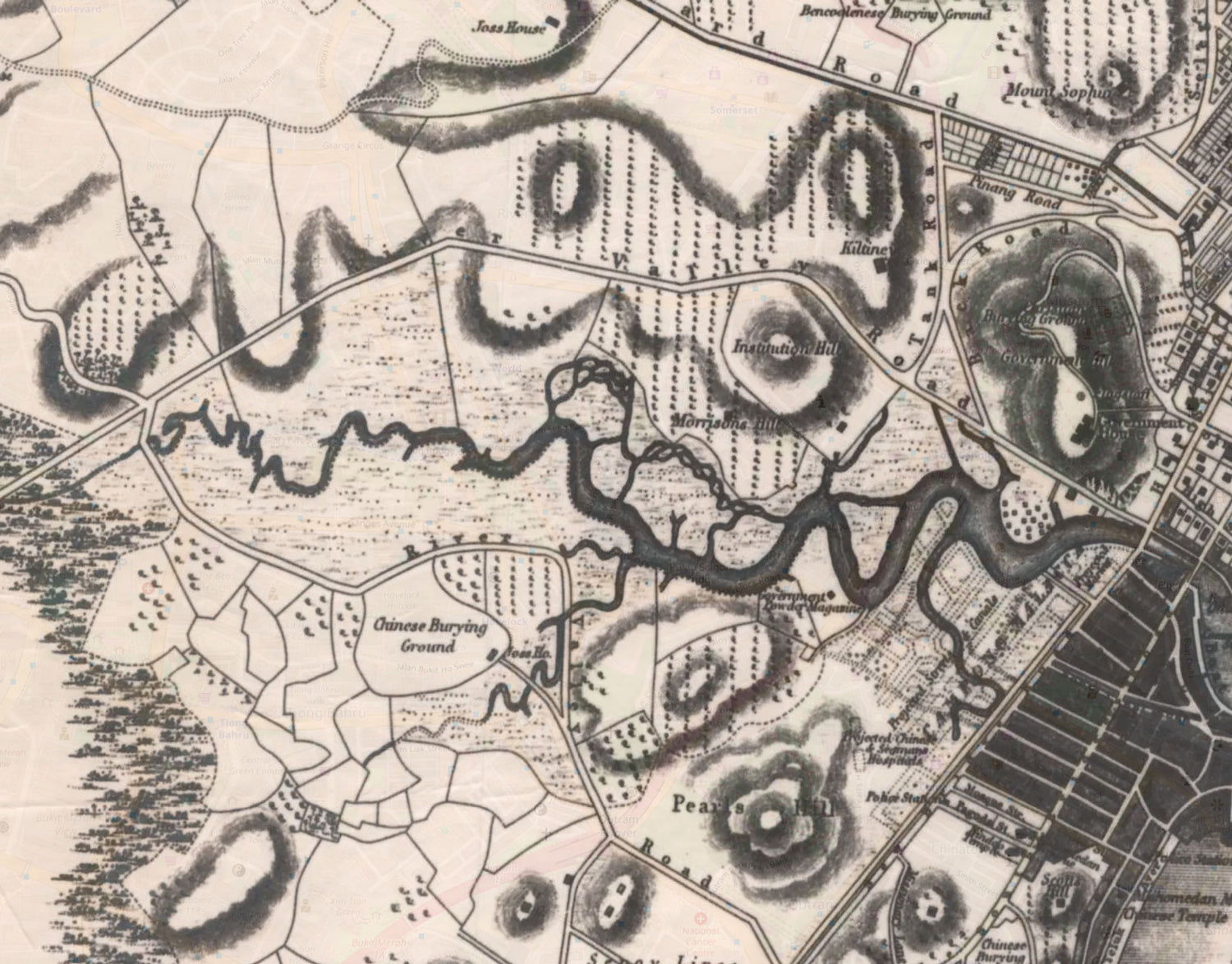
Starting with the 1850s
If you visited where Gulp is in the 1850s, it would have been mud flats and swamps at the top of the Singapore River. There wasn’t much use for the land back then and it formed a valley in between the orchards of the Killeney Estate to the North and the Chinese villages and burial grounds to the South. Hence River Valley!
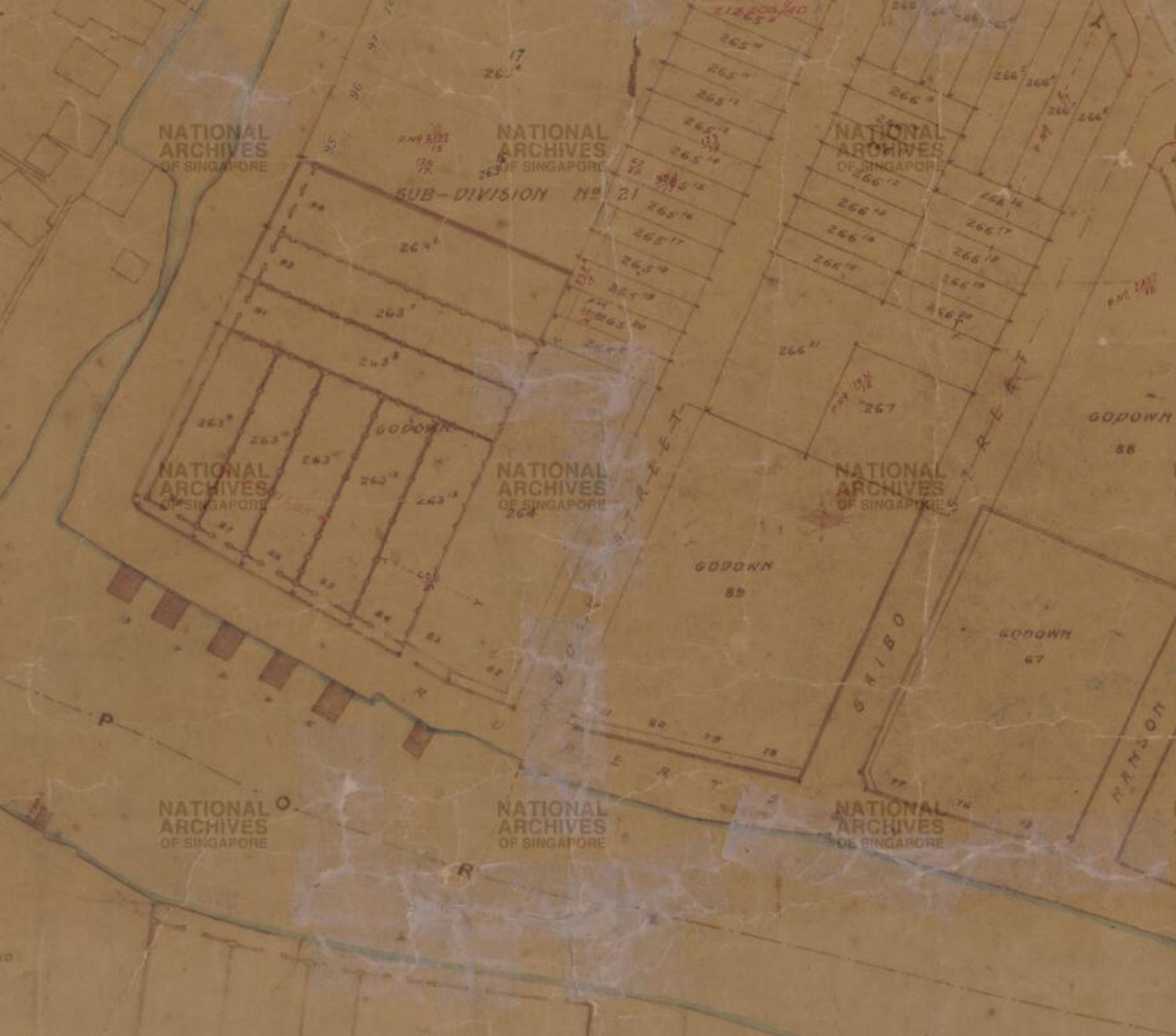
Singapore's Early Trade Economy
Fast forward to the late 1800s/early 1900s and Singapore’s trade economy was ramping up. The swamp lands were reclaimed to make way for quays, boatyards and warehouses. Many of these were built by local business people such as Tan Jiak Kim and international trading companies and banks.
In those days, Robertson Quay was the name of the road that ran along the river where the footpath is today. It would have been full of goods getting loaded on and off boats to go down to bigger ships in the harbours. GULP stands in the area that it is referred to as ‘Godown 89’ on a lot of maps.
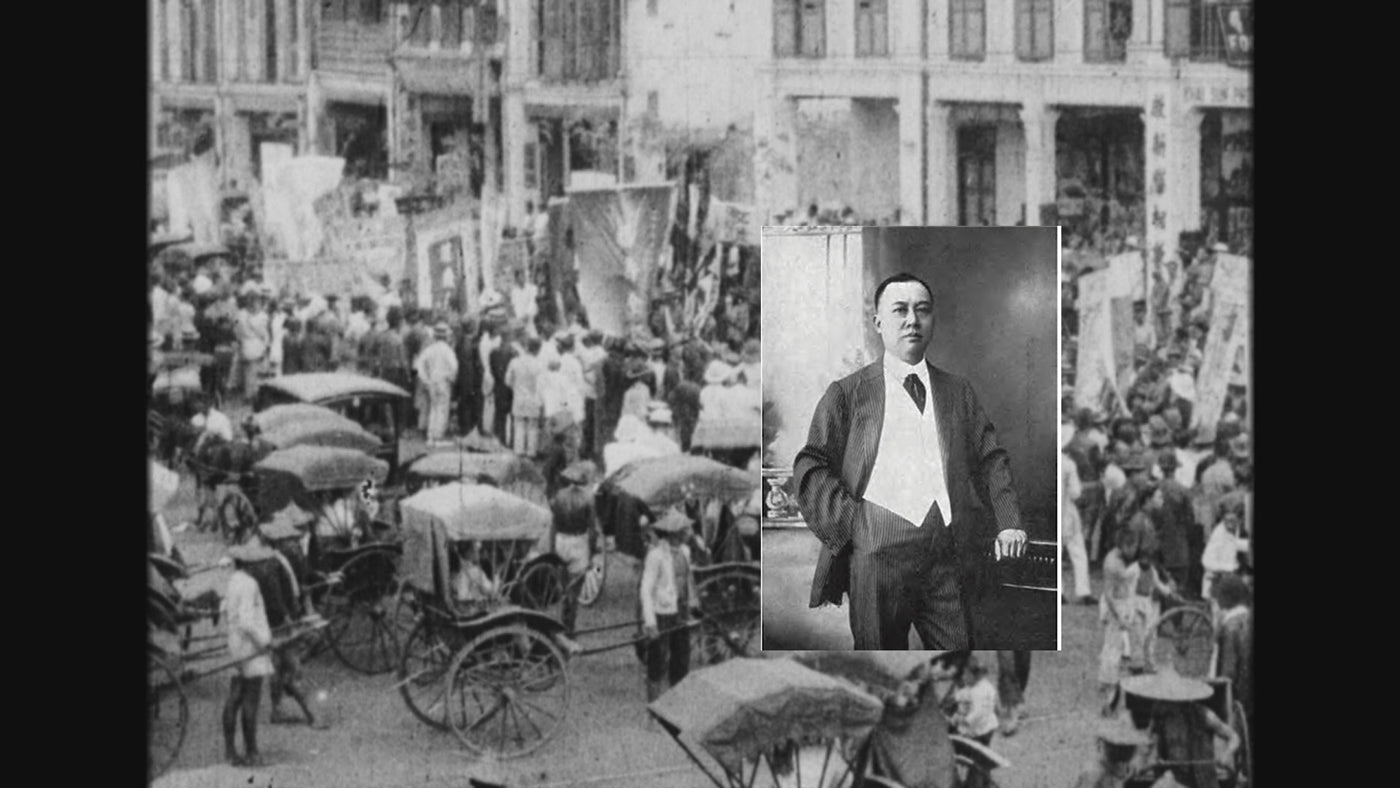
From Rags to Riches – Lim Ho Puah
The area where Godown 89 is located on historical maps, was home to a warehouse owned by local businessman Lim Ho Puah, which was built around 1900. His story is pretty amazing, moving to Singapore at an early age, his talent getting spotted by his employers and then inheriting the huge Wee Bin and Co. trading company - but that’s another story.
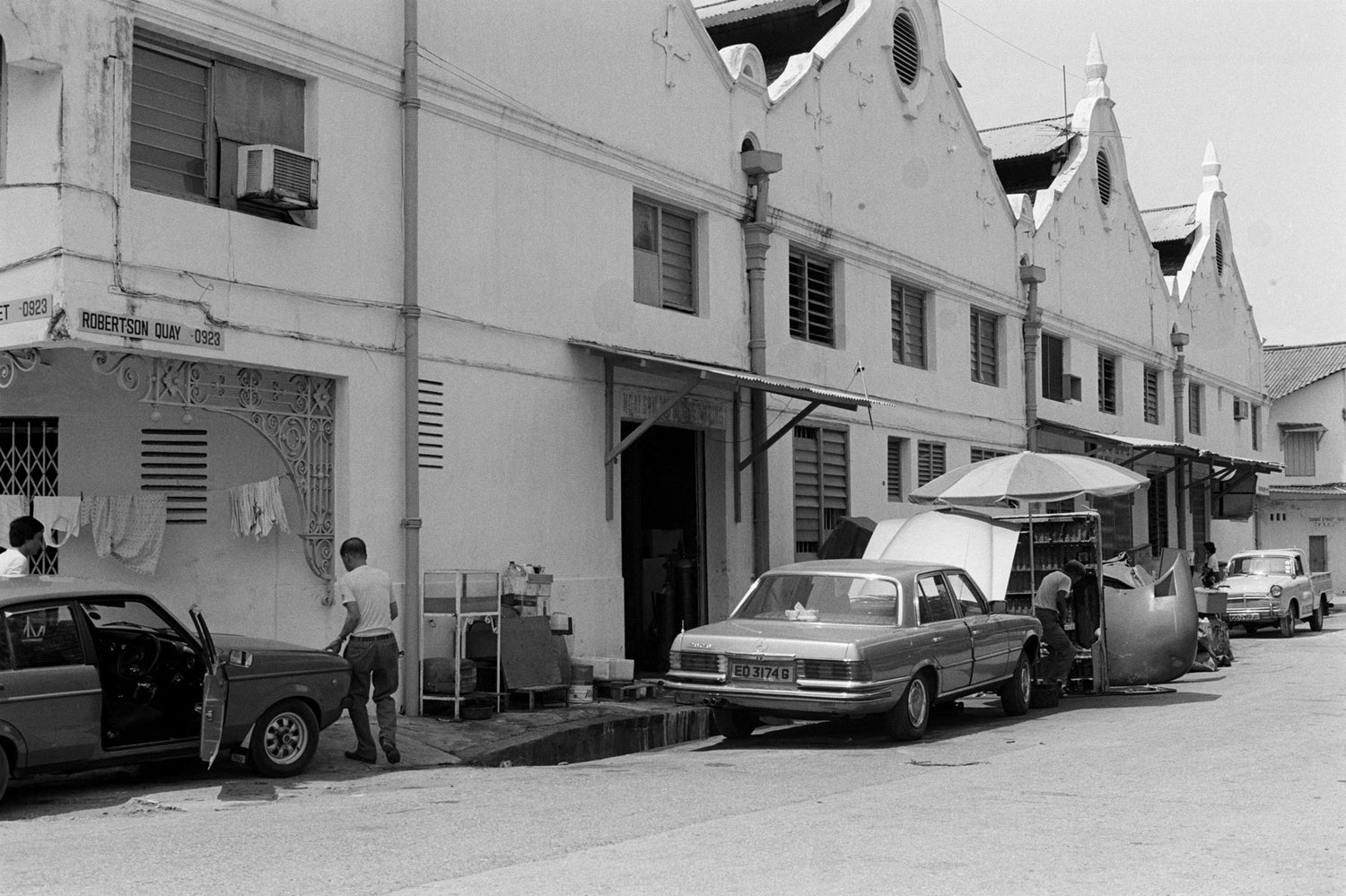
River Cleanup Begins
At some point, it seems the warehouse was replaced with another owned by the Danish trading firm, the ‘East Asiatic Company’. However as container shipping from big ports increased, Lee Kuan Yew moved to clean up the river to encourage a different use. The building was then used for various light industries such as a mechanics workshop (in the exact spot where Gulp is now!) and that’s the building that still stands today.
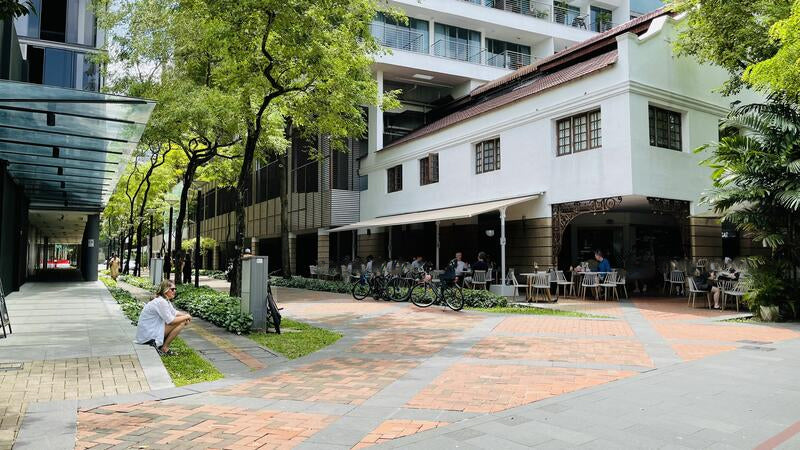
GULP Today
In the 1990s the URA rezoned Robertson Quay as a residential, hotel and commercial use zone. Then in 2005, Hong Leong Group started the Watermark Condo project that completed in 2008, however they thankfully retained some of the original features of the warehouse like the exterior walls we see today.
The images above are from 1970-1980s when the light industry started to occupying the rapidly emptying warehouses and the winds of change were beginning to blow.
And that just about wraps up today's history lesson.




